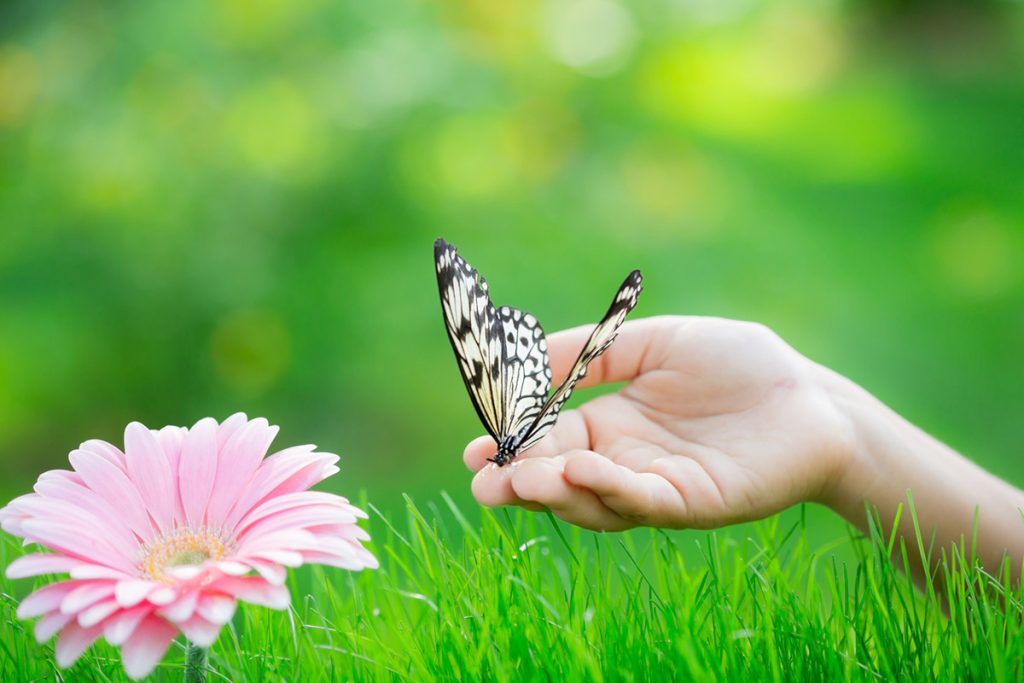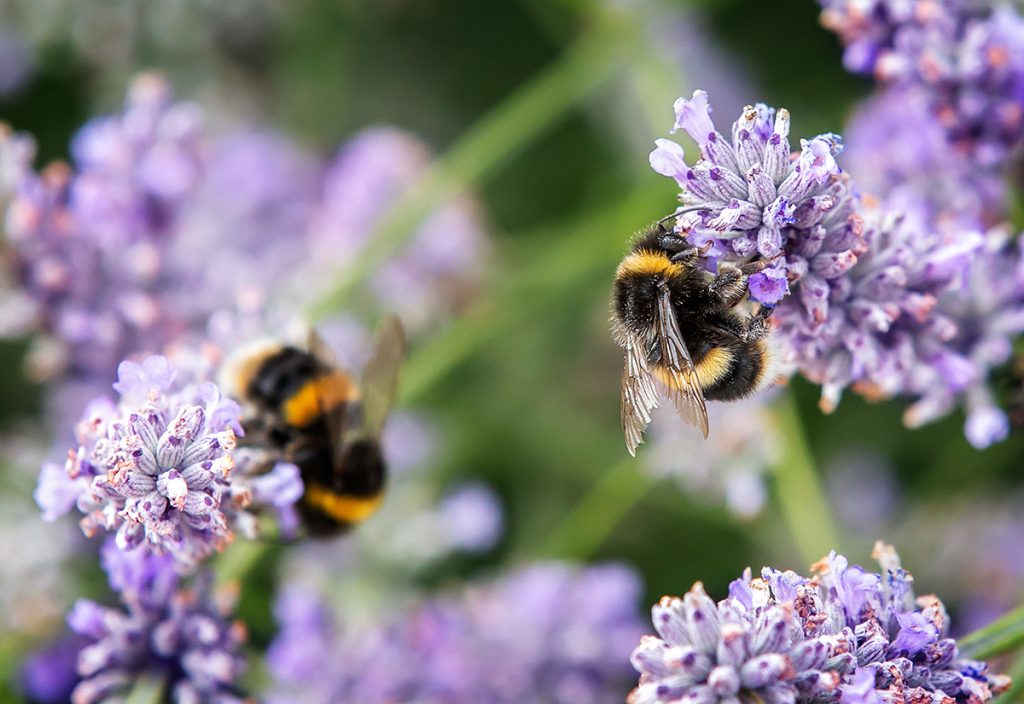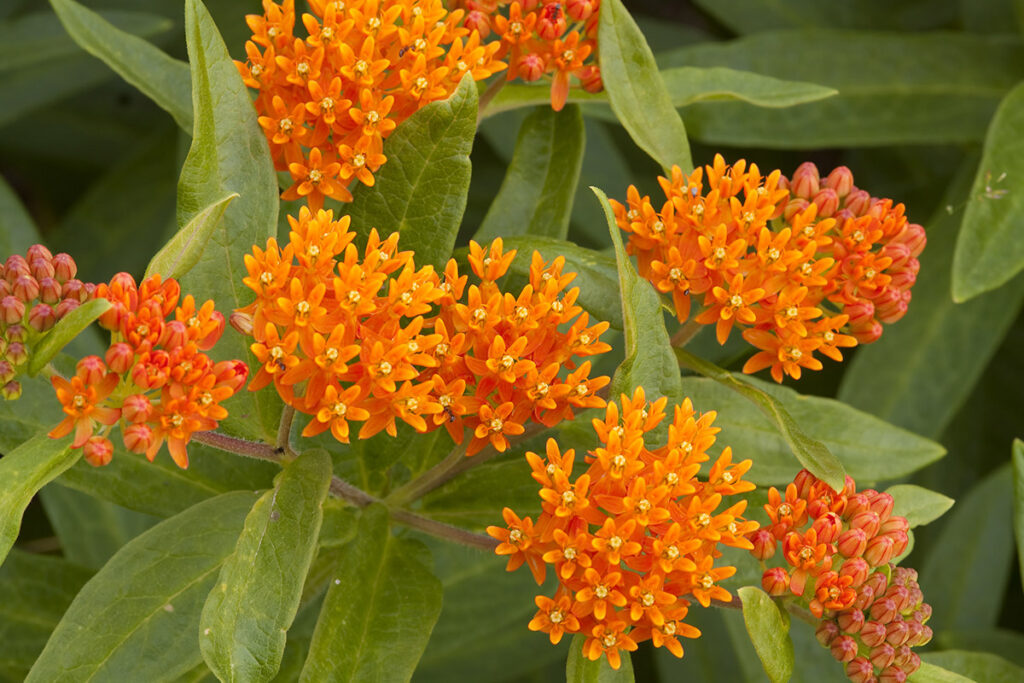It’s National Pollinator Week! Make the Most of Your Pollinators in 2022
This week, June 20 through June 26, is National Pollinator Week! To celebrate, we’ve highlighted how you can not only help save pollinators from decline but also reap the benefits of attracting these vital creatures to your land. The importance of pollinators The value of pollinators to our ecosystem cannot be overstated. Almost 80% of […]
It’s National Pollinator Week! Make the Most of Your Pollinators in 2022 Read More »



